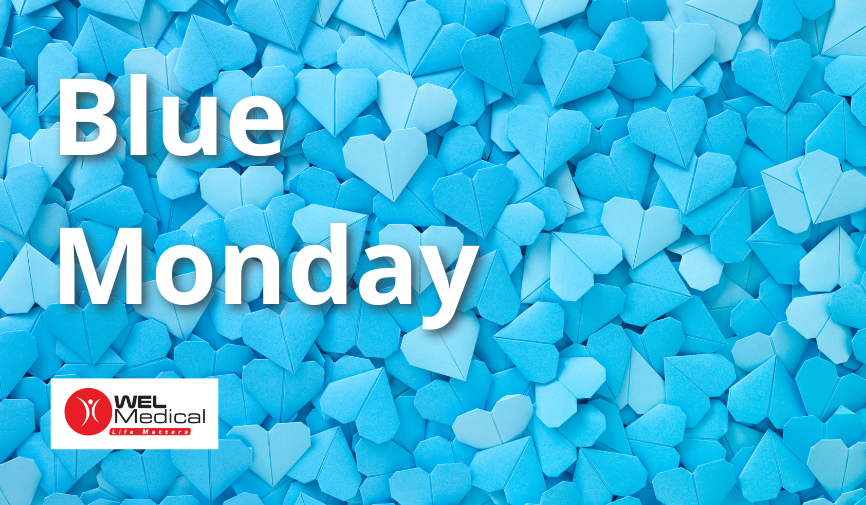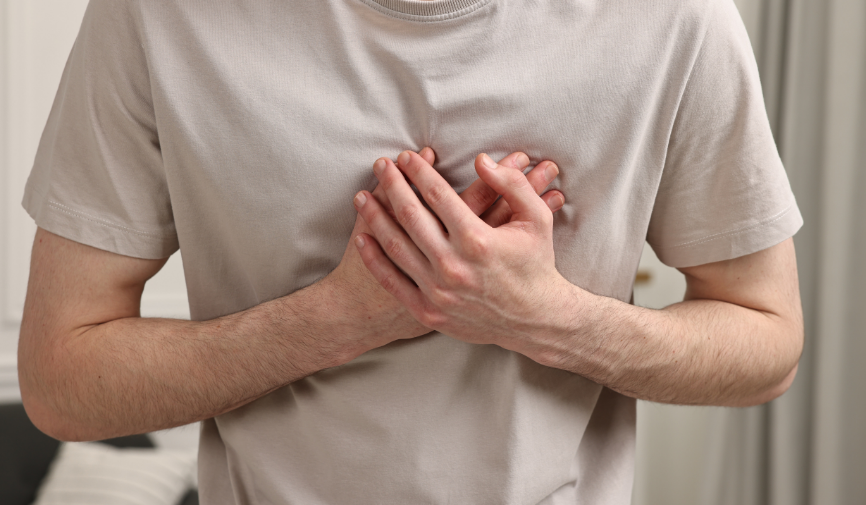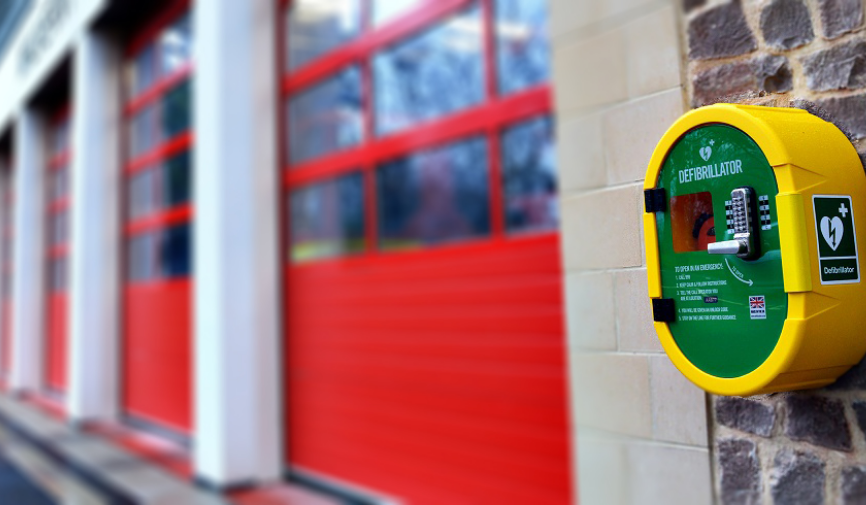Blue Monday, an awareness day, recognises the most depressing day of the year and typically falls on the third Monday in January. There are several factors which contribute to its namesake; but no matter the reason, be it failed New Year’s Resolutions, the cold and dark UK weather, or post-holiday blues, every reason is valid and can contribute to stress on the heart.
The intersection between mental health and heart health is critical oftentimes stemming from stress, anxiety, and depression. These emotional experiences not only affect overall emotional wellbeing but also correlate to a physical risk to the health of your cardiovascular system.
By providing education on the link between mental health and heart health, ensuring community awareness of public access defibrillators, and training on how to use life-saving public resources, individuals can improve their overall sense of wellbeing. With support, communities can prevent cardiac emergencies during heightened stress.
The Link Between Mental Health and Heart Health
Chronic mental health challenges, like stress, often manifest themselves as physical symptoms:
- Elevated blood pressure
- Rapid heart rate
- Increased cortisol, a stress hormone.
The increase of symptoms can contribute to the development of heart disease and cardiac arrest.
When faced with negative situations which impair mental health, individuals may find it difficult to complete general tasks or partake in healthy choices which are essential for ensuring a healthy heart. Stress can lead to reduced exercise, poor nutrition and eating patterns, and failure to seek routine medical care which worsens heart health and can lead to increased issues.
The Role of Community in Promoting Mental and Heart Health
Community support is important for promoting both mental and heart health. Strong, caring communities may help people to adopt healthier lifestyles, reduce stress, and offer support during difficult periods. Beyond emotional support, communities can also take practical steps to ensure preparedness during cardiac emergencies, like sudden cardiac arrest.
Some effective ways to manage community readiness in cardiac emergencies is through implementing training as well as educating the community on public-access defibrillators (AEDs), like the iPAD SP1. Ensuring individuals are equipped with this knowledge in case of a cardiac emergency is crucial. Studies show that immediate intervention can double or even triple survival chances.
An iPAD AED is Essential for Community Heart Health
The iPAD SP1 AED is designed with simplicity, making it accessible for communities to use. Its voice prompts guide individuals through each step, ensuring that even in high-stress situations, defibrillation can be easily understood.
By providing defibrillators like an iPAD SP1 AED in public spaces, communities can have a sense of peace, knowing that life-saving equipment will be readily available to them in case of an emergency. With additional DefibSafe cabinets, the iPAD SP1 is secured, protected, and easy to access, ensuring its reliability no matter the weather or time of year.
Practical Steps Communities Can Take to Support Heart and Mental Health
1. Encourage Open Conversations: By offering safe spaces for individuals to discuss their mental health struggles, learn effective strategies to enhance their wellbeing, and connect with resources or community groups, individuals may feel more supported to manage their mental health.
2. Lead by Example: In addition to leaving an open dialogue for mental health, communities and health professionals can provide education to the public which encourages healthy habits during periods of low mental health.
3. Awareness of Public Access AEDs: Public-access defibrillators increase survival rates for sudden cardiac arrest. Local community centres, schools, and other public facilities are often fully equipped with life-saving equipment during cardiac emergencies.
4. Provide CPR Training: First-aid and CPR training on tools like Brayden CPR manikins, which provide realistic, hands-on experience, increase community’s overall preparedness in emergencies.
Beating the Blues Together
By focusing on fostering connections with your community, indulging in self-care, and taking proactive measures to reduce stress, you can reduce the likelihood of cardiac emergencies.
Together, we can beat the blues, strengthen our hearts, and build proactive communities for a healthy and happy future.
Ready to Strengthen the Chain of Survival?
If you’re looking for support in enhancing your organisation’s training or resources, WEL Medical can help. We provide a range of lifesaving equipment, from CPR training manikins to defibrillators. With flexible finance options available, we aim to keep our solutions as accessible as possible.
Don’t hesitate to get in touch with us to find out more about how you can make a difference in your community.
Further Reading
- The Link Between Physical and Mental Health
- International Yoga Day: The Heart Benefits
- Saving Lives At Work: The Role of CPR and Defibrillation
- National Stress Awareness Day: How Keeping Calm Can Help Your Heart
- Fresh Start, Healthier Heart: Exercise Tips for the New Year
- Surprising Things That Can Harm Your Heart












